Divide and Conquer: Exploring Separation of Variables in Square, Rectangular Pipes
The concept of separating variables in a fluid dynamical system – such as those found in rectangular pipes – carries significance in the study of fluid flow. Separating both velocity and pressure variables opens pathways for the use of this type of flow in industries like cooling, piping, and air conditioning.
Grasping the idea of a square or rectangular pipe requires a closer look. Generally used to convey water, air, and other liquids, the pipe is comprised of four sides, each with a length and breadth. To secure cohesion between the sides, a flange has been attached. This flange can be composed of either metal or plastic, performing as a type of ring to keep everything in place. Furthermore, the pipe has been stuffed with some form of material, like gravel or sand, to prevent liquid from spilling out.
Discerning the difference in velocity and pressure along the length of a square or rectangular pipe necessitates the consideration of the variety of states of flow of the substance within. This is due to the fact that motion of this fluid will naturally lead to corresponding differences located in regions with varying positions within the pipe. As a result, it is concluded that variation in velocity and pressure affect the rate of fluid circulation as it moves through the pipe.
To make informed predictions on the energy of a fluid flowing through a pipe, the separate variables must be deciphered and solved. By utilizing equations pertaining to mass, velocity and internal energy conservation, it is possible to accurately ascertain the rate of velocity, pressure and temperature as it passes through the pipeline. This helps us to understand how these components may be significantly or subtly altered due to each new variable.
Smooth current is usually observed when substances flow through a rectangular or square pipe. It implies that the velocity of the liquid remains constant as it traverses the pipe. But, when there are sharp bends or blockades within the pipe, the current becomes more complex and consequently, separating variables is far from simple.
The Reynolds Number is the formula used to analyze the behavior of a fluid within a pipe by examining its velocity. It is derived from factors such as the pipe diameter, the density of the fluid, and its speed. Knowing this value is integral to success when using separation of variables.
Ultimately, in fluid dynamics, the breaking up of the variables for a square rectangular pipe is very vital. Examining the motion of any liquid necessitates disassembling the two central variables which are velocity and pressure. This is carried out by resolving equations involving the preservation of mass, force, and energy. As well, the Reynolds number is employed to explain the liquid’s behavior.
Splitting up a square or rectangular pipe can be incredibly useful for many applications, like producing steam, transporting liquids, or even confining gases. By breaking the pipe into distinct sections, the separation of variables technique allows different types of fluids to be quickly and easily separated from one another. This approach is highly valued in a range of industries due to its effectiveness and efficiency.
A square or rectangular pipe start its separation process with the manual or automatic assembly of pieces. These pieces are typically made of either plastic or steel, cut to the desired shape and size before being adhered using either a rubber sealant or mechanical joint. After having all the components connected, the pipe is then split into two or more sections.
Separating the elements within a square rectangular pipe is crucial in order for steam to be efficiently produced, liquids safely transported, and gases safely contained. Through this method, the production of steam can be conducted in a systematic way while different liquids are successfully transferred at the desired levels of pressure. Furthermore, this procedure safeguards the specified fluid from external harm by containing it within its pipe.
In order to separate a square or rectangular pipe, specific factors need to be considered. For starters, the measurements of the pipe must be observed in order to define the dimensions of the divided sections. One must also contemplate the kind of material that is being used for the tube, for it will decide the adhesive utilized to connect those fragments.
It is certainly important to consider the magnitude of pressure required to split the sections. This is because the kind of sealing used for the pipe will be contingent upon the strength of compression employed. When more intense compression is in play, an effective adhesive may be needed for a secure seal. Conversely, when lesser pressure is applied, a mechanical joint may do the trick.
Once the dissection of square rectangular pipes into distinct segments is achieved, the parts must be thoroughly checked to guarantee the proper application of sealant. Once this task is done, these separated parts are now capable of manufacturing steam, transferring liquids, and housing gases.
Ultimately, the process of separating the components of a square or rectangular pipe is quite beneficial. By properly securing and examining the pipe, this technique can be utilized in a myriad of scenarios to divide two distinct types of liquids. Additionally, such an application also maintains the integrity and security of the fluid within the confines of the pipe, preventing any potential contamination or exposure.
Related Product
Warning: Use of undefined constant rand - assumed 'rand' (this will throw an Error in a future version of PHP) in /www/wwwroot/www.ytdrtube.com/wp-content/themes/msk5/single.php on line 77

Hot Dip Galvanized Rectangular Hollow Section
Iron and steel materials are indispensable resources in human life today. However, due to its own characteristics, “corrosion is accompanied by us every day and consumes our […]

Square Seamless Steel Pipe
Attribute parameters of seamless square steel tubes Thickness 3- 50 mm Tolerance as required OD(outer diameter) 100*100-800*800 Brand YUANTAI DERUN Section Shape Square OR rec […]
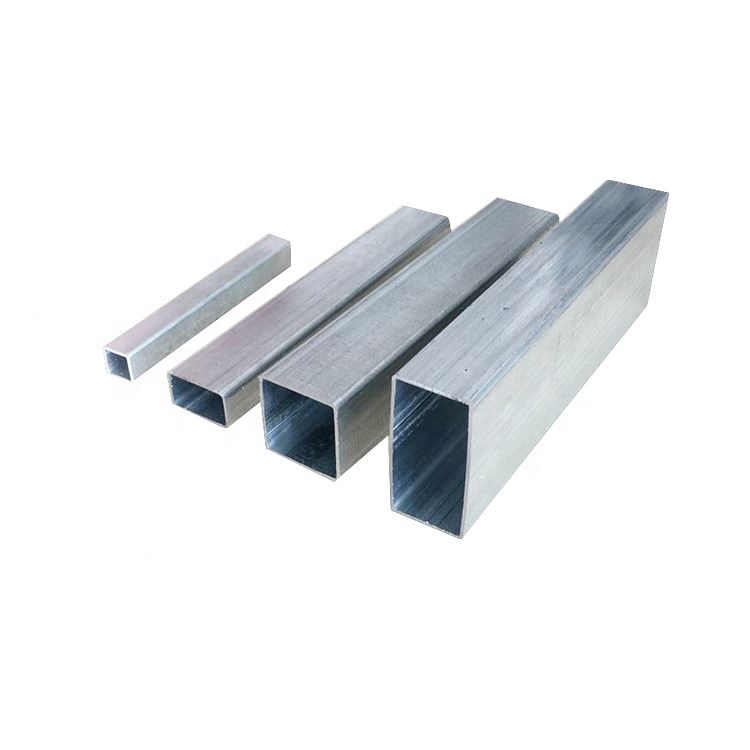
Hot Dip Galvanized Rectangular Steel Tube
Hot dip galvanized rectangular steel tube is a rectangularsquare tube that is welded after the steel plate or steel strip is curled and formed, and is formed after the square tube […]
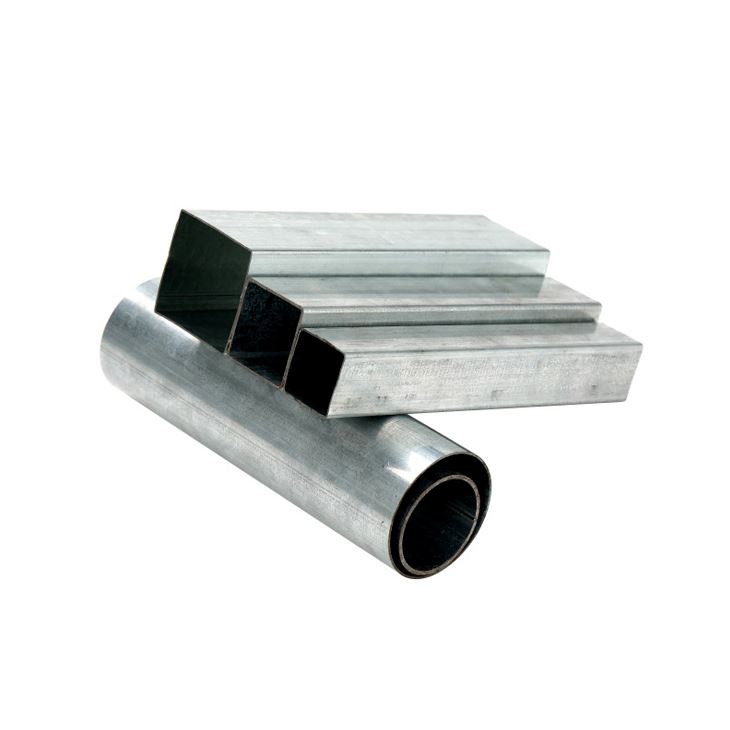
Pre Galvanzied Square Steel Tube
1.Introduction of pre-square tube Coiled pipes are pipes and pipes for processing technological processes, and are the name of general pipes, which are pipes made of long steel coi […]

EN10210 EN10219 Black Carbon Steel Welded Square Pipe
Yuantai Derun Steel Pipe Manufacturing Group is a steel pipe and steel enterprise that has operated for many years, mainly engaged in steel products such as black square and rectan […]

Black Square Steel Tube
SPECIFICATION TABLE OF BLACK SQUARE STEEL TUBE OD(MM) THICKNESS(MM) OD(MM) THICKNESS(MM) OD(MM) THICKNESS(MM) OD(MM) THICKNESS(MM) 20*20 1.3 60*120 80*100 90*90 1.50 180*180 3 300* […]
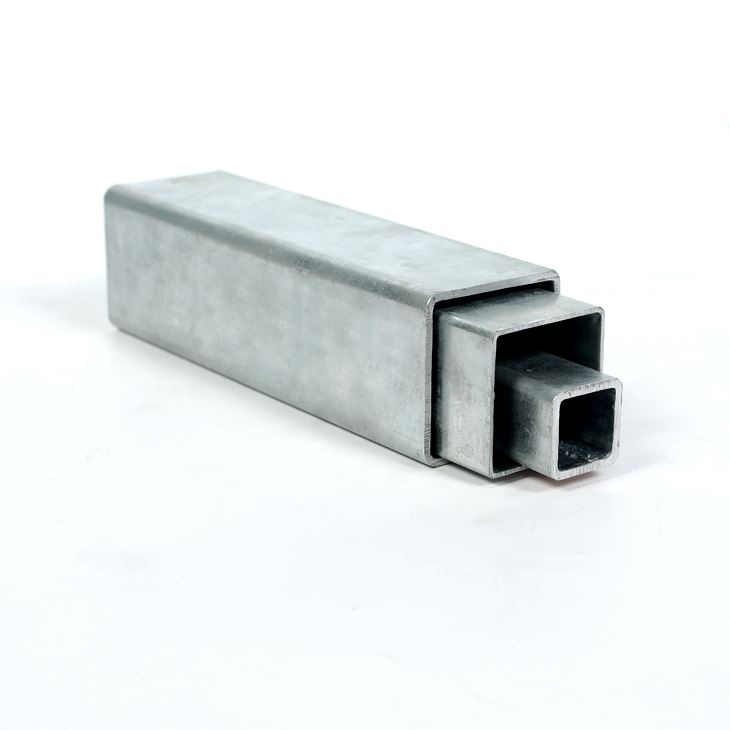
Hot Dip Galvanized Square Steel Pipe HDG Tube
Thickness: 0.5- 60 mm OD(outer diameter): square 10*10-1000*1000mm rectangular:10*15-800*1100mm Section Shape: Square OR rectangular Place of Origin: Tianjin, China Application Str […]
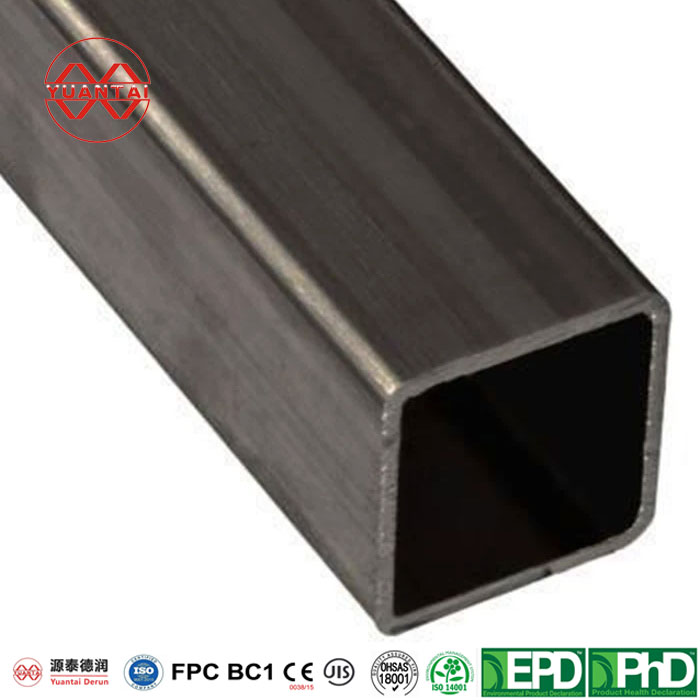
Square Steel Pipe Carbon Steel Pipe
Thickness 0.5- 60 mm Tolerance as required OD(outer diameter) square 10*10-1000*1000mm rectangular Brand YUANTAI DERUN Section Shape Square OR rectangular Length 3-12M according to […]
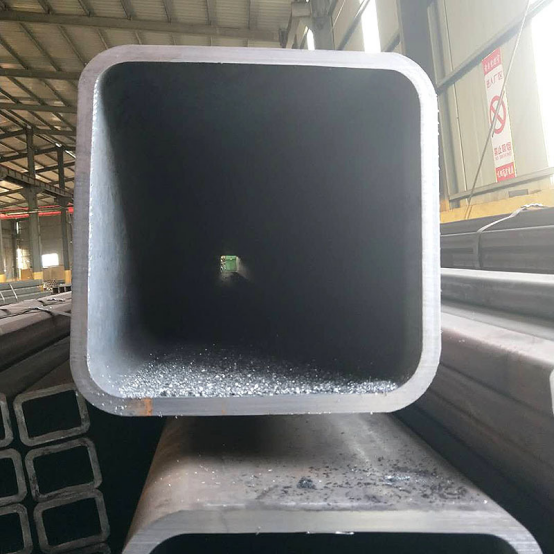
Black Rectangular Hollow Section
OD(MM) THICKNESS(MM) OD(MM) THICKNESS(MM) OD(MM) THICKNESS(MM) OD(MM) THICKNESS(MM) 20*20 1.3 60*120 80*100 90*90 1.50 180*180 3 300*800 400*700 550*550 500*600 1.4 1.70 3.5-3.75 9 […]
Post time: 2023-07-08
